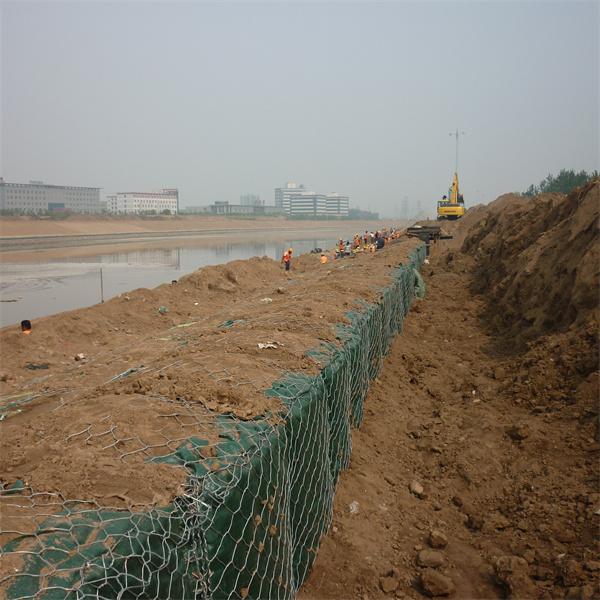ਨਵੰ. . 11, 2024 12:30 Back to list
gabion wall as retaining wall
Gabion Walls as Retaining Walls
Gabion walls have gained popularity in civil engineering and landscaping due to their unique structure and functionality as retaining walls. Made from wire mesh and filled with rocks, stones, or other materials, gabion walls offer an aesthetic and practical solution for soil stabilization and erosion control.
Structure and Design
The design of a gabion wall typically consists of wire mesh boxes that are stacked and filled with durable, heavy materials. The most common materials used in gabions include rocks, concrete debris, and natural stones. These walls can be built in various shapes and sizes, allowing for flexibility in design to meet specific construction requirements. The wire mesh is generally made from galvanized or PVC-coated steel, which enhances durability and resistance to environmental factors, including corrosion.
One significant advantage of gabion walls is their permeability. Unlike traditional retaining walls, which can collect water and create hydrostatic pressure, gabion walls allow water to flow through them. This property prevents the buildup of water behind the wall, reducing the risk of wall failure and enhancing their stability in wet conditions.
Benefits of Gabion Walls
1. Cost-Effectiveness Gabion walls are often more cost-effective than traditional concrete retaining walls. The materials used in filling the gabions are generally inexpensive and can often be sourced locally, reducing transportation costs. Additionally, the installation process is simpler, requiring less labor and time.
2. Environmental Impact Gabion walls have a lower environmental impact compared to other types of retaining walls. They can be made from natural materials, promoting sustainability. The porous nature of gabions also encourages natural vegetation growth, which can help further stabilize the soil and enhance biodiversity.
gabion wall as retaining wall

3. Aesthetic Appeal Gabion walls can be visually appealing and can blend into their surroundings better than traditional structures. The stones or materials used in the filling can be selected to match the local landscape, creating a natural look that enhances the area’s beauty.
4. Versatility Gabion walls can be constructed in various configurations and heights, making them suitable for different applications, from landscaping projects to large-scale civil engineering operations. They can function effectively as retaining walls in slopes, riverbanks, and even as noise barriers.
Applications
Gabion walls are used in a range of applications, primarily for soil retention, slope stabilization, and erosion control. They are particularly effective in areas where water flow may lead to soil erosion, such as riverbanks or coastal regions. In landscaping, gabion walls can be used to create terraces or as decorative features in gardens, providing both function and beauty.
In urban areas, gabions can also serve as retaining structures for road construction and building foundations. Their ability to adapt to various settings makes them a valuable asset for engineers and designers looking to solve complex engineering challenges.
Conclusion
Gabion walls present a versatile and cost-effective method for managing soil erosion and providing structure in various applications. Their sustainable design, aesthetic qualities, and functionality make them an attractive option for retaining walls in both natural and urban environments. As awareness of sustainable construction practices continues to grow, gabion walls are likely to play a critical role in the future of civil engineering and landscape design.
-
Versatility of Chain Link Fence Gabion
NewsMay.13,2025
-
Trusted Gabion Box Suppliers
NewsMay.13,2025
-
PVC Coated Gabion for Long-Lasting Structural Integrity
NewsMay.13,2025
-
Garden Gabion for Stylish
NewsMay.13,2025
-
Galvanized Gabion for Durable Outdoor Structures
NewsMay.13,2025
-
Gabion Box Factory
NewsMay.13,2025
-
Gabion Basket Wire Gauge and Mesh
NewsMay.13,2025






